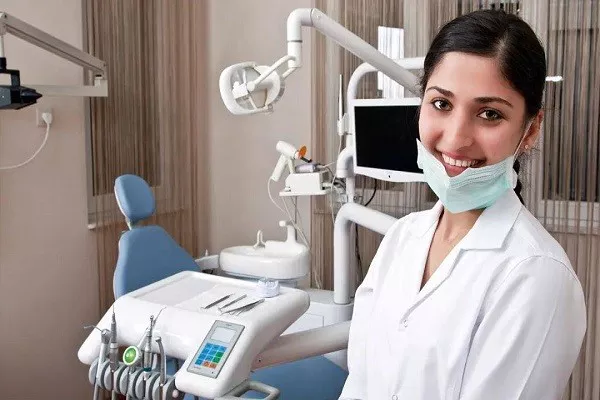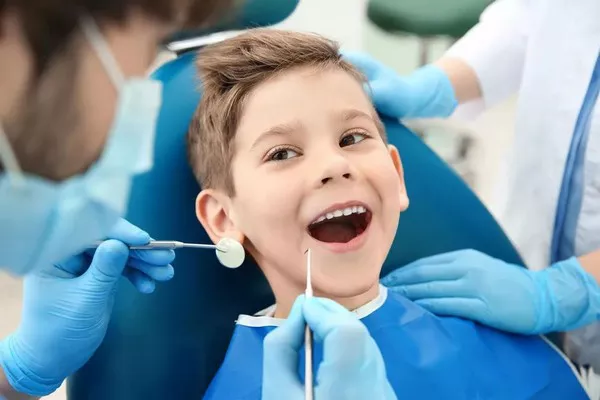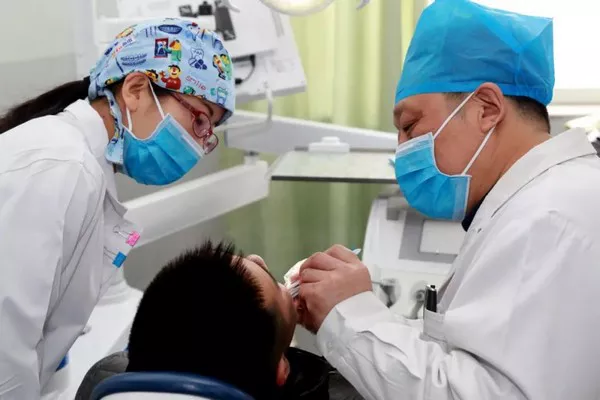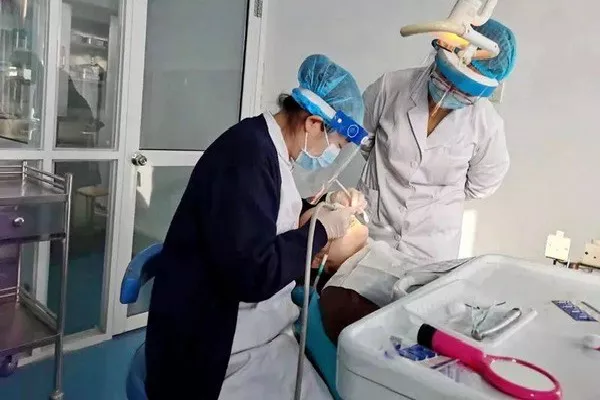Protruding upper teeth, often referred to as “buck teeth” or dental overjet, can impact both the appearance and function of your smile. Fortunately, modern dentistry offers various treatments to correct this issue and achieve a more harmonious and functional bite. In this comprehensive guide, we will explore the causes of protruding upper teeth, the potential problems associated with them, and the methods available for fixing this common dental concern.
Understanding Protruding Upper Teeth
Protruding upper teeth are characterized by upper front teeth that noticeably stick out beyond the lower front teeth when the jaws are closed. This condition can result from a variety of factors, including:
Genetics: In many cases, genetics play a significant role in the development of protruding upper teeth. If one or both parents have a similar dental issue, their children may inherit the trait.
Thumb-Sucking or Pacifier Use: Prolonged thumb-sucking or pacifier use beyond infancy can exert pressure on the upper front teeth, pushing them forward and causing misalignment.
Tongue Thrusting: Some individuals have a habit of pushing their tongue against the back of their upper front teeth when swallowing, which can contribute to protrusion over time.
Early Tooth Loss: Losing baby teeth prematurely can disrupt the normal eruption pattern of permanent teeth, potentially leading to protrusion.
Underlying Skeletal Issues: In some cases, protruding upper teeth are related to underlying skeletal problems, such as an overdeveloped upper jaw or an underdeveloped lower jaw.
The Impact of Protruding Upper Teeth
Protruding upper teeth can have several consequences, including:
Aesthetic Concerns: The most noticeable impact of protruding upper teeth is their effect on your appearance. Many people with this condition feel self-conscious about their smile.
Increased Risk of Injury: Protruding upper teeth are more vulnerable to injury in accidents or during sports activities, as they may be the first to come into contact with an external force.
Speech Difficulties: Misaligned teeth can affect speech clarity, making it challenging to pronounce certain sounds correctly.
Chewing and Digestion Issues: Dental overjet can interfere with proper chewing, potentially leading to digestion problems and inefficient nutrient absorption.
Fixing Protruding Upper Teeth
Fortunately, there are several effective methods for fixing protruding upper teeth, depending on the severity of the condition and individual factors. Here are some common treatment options:
Orthodontic Treatment:
Traditional Braces: Traditional braces are a time-tested solution for correcting dental overjet. They use brackets and wires to gradually move the teeth into the desired position.
Invisalign: Invisalign, or clear aligners, offers a discreet and removable alternative to traditional braces. These custom-made aligners apply gentle pressure to shift the teeth over time.
Functional Appliances:
Functional appliances like headgear or Herbst appliances are often used in growing children with protruding upper teeth and underlying skeletal issues. They encourage proper jaw growth and alignment.
Orthognathic Surgery:
In cases of severe dental overjet caused by significant skeletal discrepancies, orthognathic surgery may be recommended. This surgical procedure repositions the upper and lower jaws to achieve a balanced bite.
Tooth Extraction:
In some instances, the orthodontist may recommend extracting specific teeth to create space and facilitate the correction of dental overjet.
Habit Intervention:
If thumb-sucking or tongue-thrusting habits contribute to the protrusion, intervention techniques and habit-breaking appliances can be employed to address these issues.
The Treatment Process
The process of fixing protruding upper teeth typically involves the following steps:
Orthodontic Evaluation:
An orthodontist will conduct a thorough evaluation, including X-rays and impressions, to assess the severity of the protrusion and develop a customized treatment plan.
Orthodontic Treatment:
Depending on the chosen treatment method, you will begin orthodontic treatment, which may involve the use of braces, aligners, or other orthodontic appliances.
Regular Check-Ups:
During treatment, you will have regular check-ups with your orthodontist to monitor progress, make necessary adjustments, and ensure the treatment is proceeding as planned.
Completion and Retention:
Once the desired alignment is achieved, the orthodontic appliances are removed. However, it’s essential to wear a retainer as directed to maintain the results and prevent relapse.
Conclusion
Protruding upper teeth, or dental overjet, is a common dental issue that can impact both the aesthetics and functionality of your smile. Fortunately, numerous effective treatments are available to correct this condition, ranging from traditional braces to orthognathic surgery. If you or your child has protruding upper teeth, consult with an experienced orthodontist to discuss the most appropriate treatment plan. Remember that early intervention can lead to more efficient and effective correction, ultimately providing you with a confident and well-aligned smile.
Related Topics:































